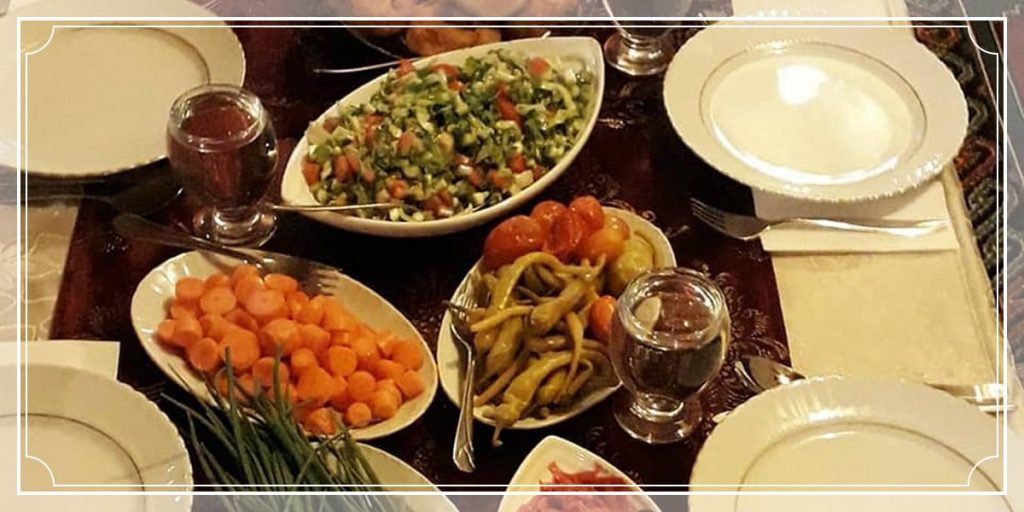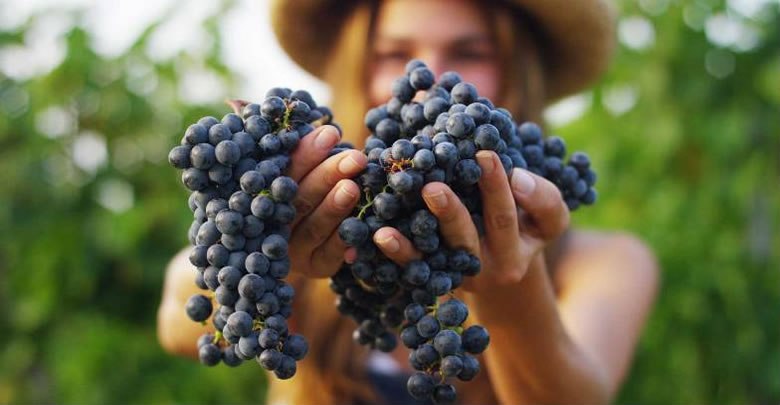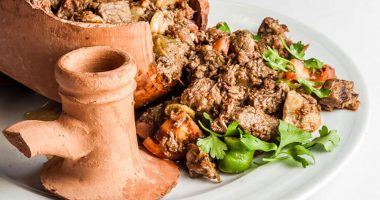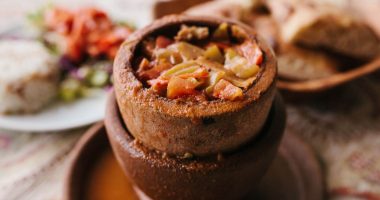Table of Contents
Historical Development of Cappadocia Food Culture; Today, when Cappadocia is mentioned, Nevşehir, Avanos, Ürgüp, Göreme, Zelve, Uçhisar and Soğanlı Valley and the more known Ihlara Valley come to mind. However, Cappadocia spreads over a much wider area. Its southern border is the Taurus Mountains, and its northern border is near the Black Sea. It is in a geographical location that includes Yeşilırmak and Kızılırmak. Cappadocia is definitely more than Fairy Chimneys.
You may be interested: Cappadocia Wines

Hittite Period
Historical Development of Cappadocia Food Culture; While describing the food culture of Cappadocia, it is impossible not to mention the Hittite civilization. The Hittites are a people who came to Anatolia through the Caucasus in the 1700s BC. At that time, the Hittites settled in Hattusa, in the north of Cappadocia, and spread from there. They established a large and powerful empire stretching from the Black Sea coast to Lebanon. Hattusha was also the capital of the Hittite State and is located near present-day Çorum.
During the Hittite period, the only place whose name we know in today’s small Cappadocia is Zuwanisa, that is Avanos. The jug and amphora production in Avanos dates back to that time. The most important product of the Hittite period was grape and vine. So much so that even laws were enacted in his name. The spike and bunch of grapes seen in the king’s hand in a Hittite relief, explains the importance of these two products.
Persian Period
Historical Development of Cappadocia Food Culture; In the 6th century BC, Cappadocia was occupied by the Persians. Later, Alexander the Great comes and drives the Persians out of Anatolia. With Alexander the Great, Greek culture strengthened in the region. Narince, one of Turkey’s most prestigious white grape varieties, was also one of the important grape varieties of that period.
From the 13th Century to the Present
Historical Development of Cappadocia Food Culture; In the middle of the 13th century, the Mongol invasion is seen in Cappadocia. The Mongols, who burn and destroy everything that comes in their way, also destroy the vineyards of the region.
With the settlement of the Turks in the region, viticulture recovers again. Bektashism spread in Cappadocia with Hacı Bektaş Veli, who came from Central Asia and settled in the region. The town where he lived and was buried after his death is the town known today as Hacı Bektaş Veli Town. As a result of the Greeks leaving the region with the population exchange in 1923, viticulture suffered a great blow and regressed. And unfortunately most of the old Cappadocia dishes were lost with the same exchange.
While describing the food culture of Cappadocia, it is impossible not to mention the Hittite civilization. The Hittites are a people who came to Anatolia through the Caucasus in the 1700s BC.
Grape Cultivation in Cappadocia
Historical Development of Cappadocia Food Culture; Although Cappadocia is an agricultural region that can be considered arid, as I mentioned above, it has a very important place in terms of grape growing. There are many local grape varieties in the region. When we look at the main grape types, white ones are emir, linen shirt, sergeant, razaki, finger grape, and red ones are dimrit, Yediveren and Nevşehir Karası local grapes. Kalecik Karası, one of the prestigious grape varieties of Turkey, whose homeland is Ankara Kalecik, is one of the grape varieties adapted to the region.

Important Agricultural Products of Cappadocia
Historical Development of Cappadocia Food Culture; Potatoes and zucchini (especially using their seeds) are among the most important agricultural products in the region. The volcanic and tuffy soil structure unique to the region gives excellent results in these products. Mainly grain products, wheat and its derivatives, legumes such as bread, bulgur, noodles, beans, chickpeas and broad beans are the basic foodstuffs consumed by the people of the region. It is known that bazlama, a kind of bread, has been made in Cappadocia for centuries.
Historical Development of Cappadocia Food Culture; Fresh cheese, butter and cottage cheese are also among the important nutrients. Since there are no olive groves and olives in Cappadocia, there is no olive oil. It was brought from Istanbul and started to be used since the middle of the 19th century. In all Cappadocia houses, vinegar, molasses and raisins were made. Although it has decreased today, there was no house in the old period without a tandoor oven.
Note: Click for German dream interpretations
Today’s Local Dishes of Cappadocia
Historical Development of Cappadocia Food Culture; When we look at the dishes that have survived from the past years, we can see that lentil salad, lentil meatballs made with bulgur and lentils, bulgur pilaf with mushrooms, stuffed quince, dried apricot stew, pastrami, baked beans in a casserole, eggs with bacon in a casserole, pita with cheese and meat, ravioli, pastrami pastry. , meaty leaf wrap, keskek are among the most important local dishes.









